
Sorbact Gel Compress
Bacteria and fungi binding wound dressing with hydrogel
Sorbact Gel Compress is a non-absorbent bacteria and fungi binding wound dressing, based on Sorbact Technology.
- Provides moisture
- For dry to exuding wounds
Reduces bioburden in dry to exuding wounds
Sorbact Gel Compress is a non-absorbent bacteria and fungi binding wound dressing, based on Sorbact Technology. It consists of a Sorbact DACC™-coated wound contact layer covered with a hydrogel containing carbomer and propylene glycol (10%). Sorbact Gel Compress hydrates and donates moisture to the wound bed[1]View reference information and facilitates autolytic debridement [2]View reference information. Sorbact Gel Compress treats and helps to prevent wound infections [3]View reference information and facilitates the wound healing process.
Intended purpose: Sorbact Gel Compress is intended for use in management of clean, contaminated, colonized or infected dry to exuding wounds, such as surgical wounds, traumatic wounds and burns. It can be used on both superficial and deep wounds. For managing exudate, Sorbact Gel Compress should be used together with a moisture preserving secondary dressing appropriate for the exudate level.
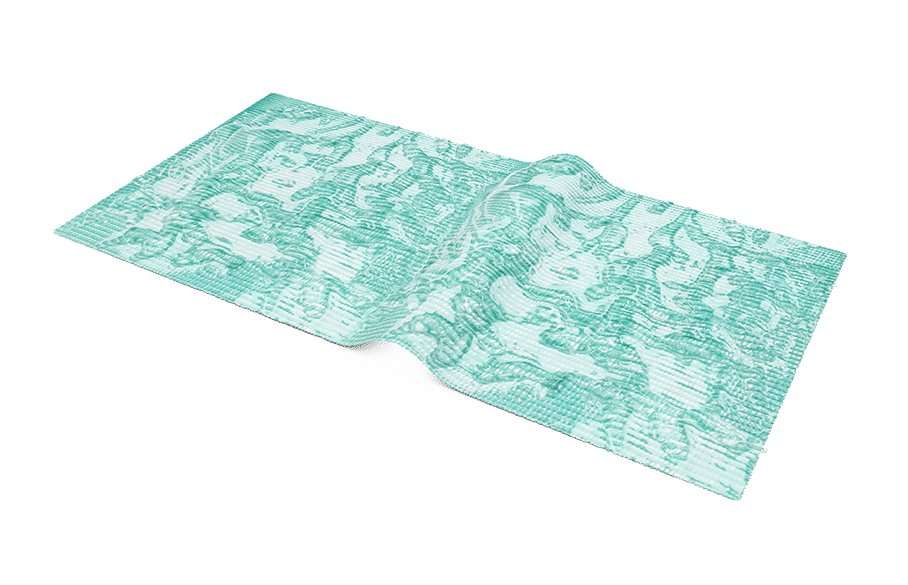
Bacteria-binding surface
The unique Sorbact surface binds bacteria from the wound, helping it to heal and preventing infection.
How to apply Sorbact Gel Compress
-
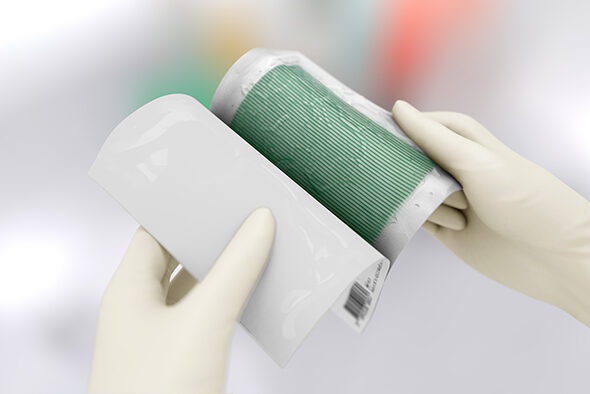
Clean the wound as instructed by your vet. Choose a suitable dressing size. Remove the dressing from the packaging using an aseptic technique. Use sterile scissors if the dressing needs to be cut. Any remaining opened and unused parts of the dressing should be discarded.
-
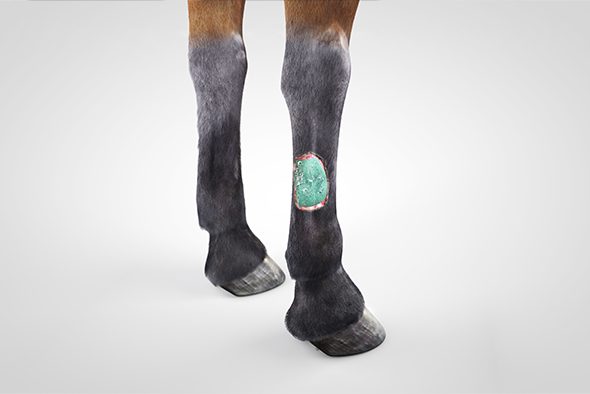
Apply the dressing. Ensure that the dressing is in direct contact with the entire wound surface. The dressing should not overlap the surrounding skin. For cavities and fistulas, part of the dressing should always be left sticking out so that it can easily be removed. Choose a suitable occlusive dressing depending on how much the wound is exuding. Sight to moderate exudation, use Cutimed Siltec Sorbact or Sorbact Absorption. Severe exudation, use Sorbact Superabsorbent.
-
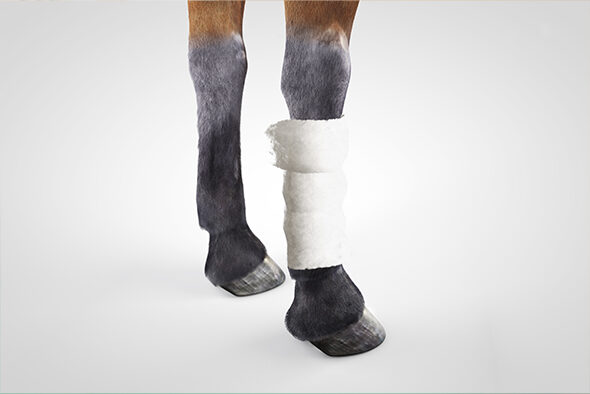
Redressing suggestions: Re-affix with gauze, thin cotton or Softban.
-
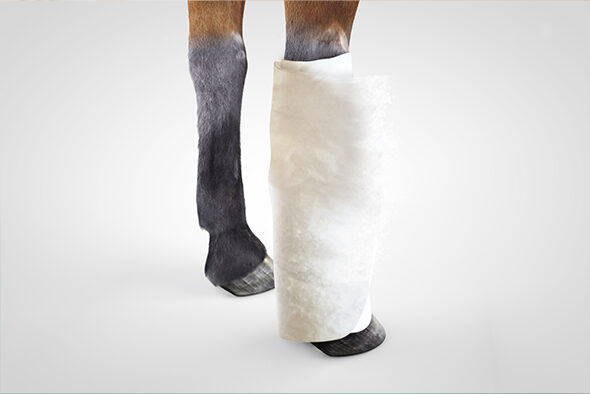
Place cotton around the leg.
-
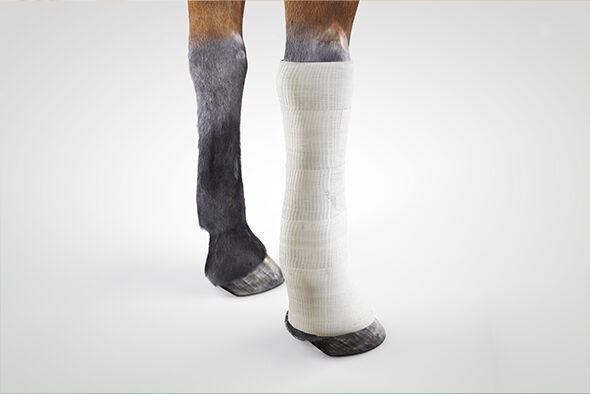
Add gauze around the cotton, first loosely and then gradually tighter, to stabilize the bandage. Tie with a small knot on the front of the leg or side of the tibia to avoid pressure on the tendons.
-
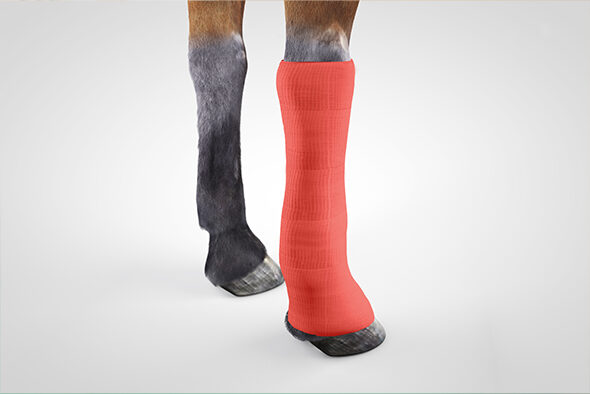
Vetwrap: Begin with the middle of the bandage, before moving downwards and then upwards. Not too tight; you should be able to insert your finger between the bandage and the leg once you have finished. Never bind Vetwrap directly to the fur, as it could injure the leg.
The dressing change frequency depends on exudate levels and the overall condition of the wound and surrounding skin. Should the clinical condition allow, the dressing can be left in place for up to 7 days. For detailed product information, contraindications, precautions and warnings, please read the applicable Instructions for Use (IFU) prior to use.
Sorbact Gel Compress is available in five sizes
| Reference number | Pieces per pack | Size |
|---|---|---|
| 98139 | 10 | 3 × 15 cm |
| 98136 | 10 | 7.5 × 7.5 cm |
| 98137 | 10 | 7.5 × 15 cm |
| 98180 | 5 | 15 × 20 cm |
| 98181 | 5 | 20 × 25 cm |
- Used in professional healthcare
- Does not emit active substances into the wound
A selection of the Sorbact product range is available at your pharmacy. If you are a vet, you can simply order via your wholesaler.
References
-
Husmark J & Arvidsson A. Evaluation of moisture donating capacity of six different wound gels in vitro. EWMA. June 5-7, 2019, Gothenburg, Sweden (PP019).
External link to reference1 (Opens in new tab) Back -
Stephen-Haynes J et al. Cutimed Siltec foam and Cutimed Sorbact gel dressings: a clinical audit. Wounds UK. 2010;6:130-136.
External link to reference2 (Opens in new tab) Back -
Ciprandi G, et al. Meeting the challenges in pediatric wound care: Our 15-year experience with dialkylcarbamoyl chloride-coated dressing technology in acute and chronic wounds. Chronic Wound Care Management and Research. 2022;9:23-33.
External link to reference3 (Opens in new tab) Back
